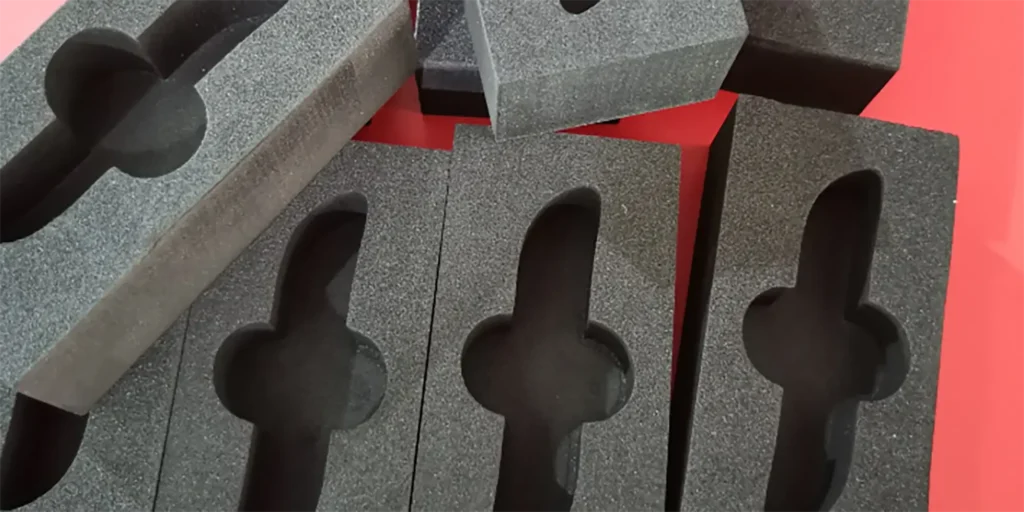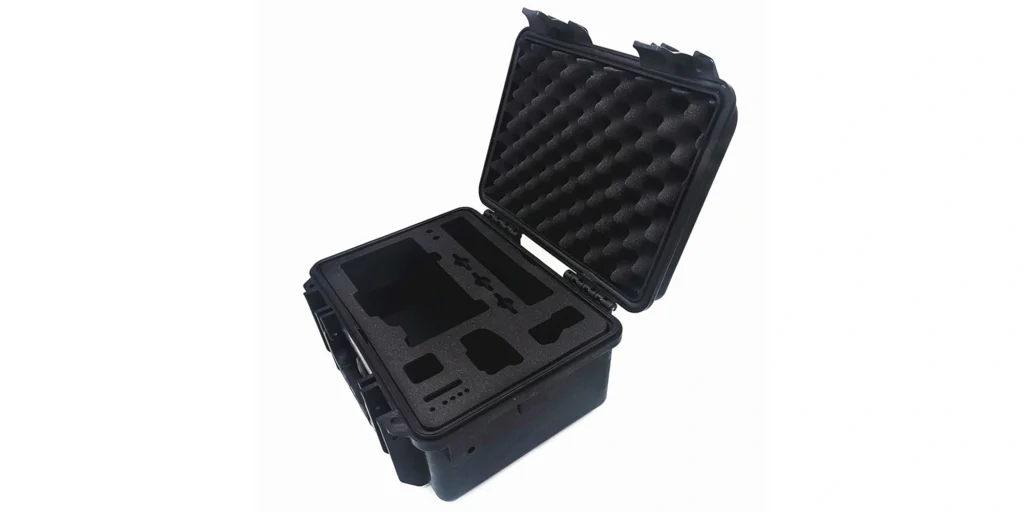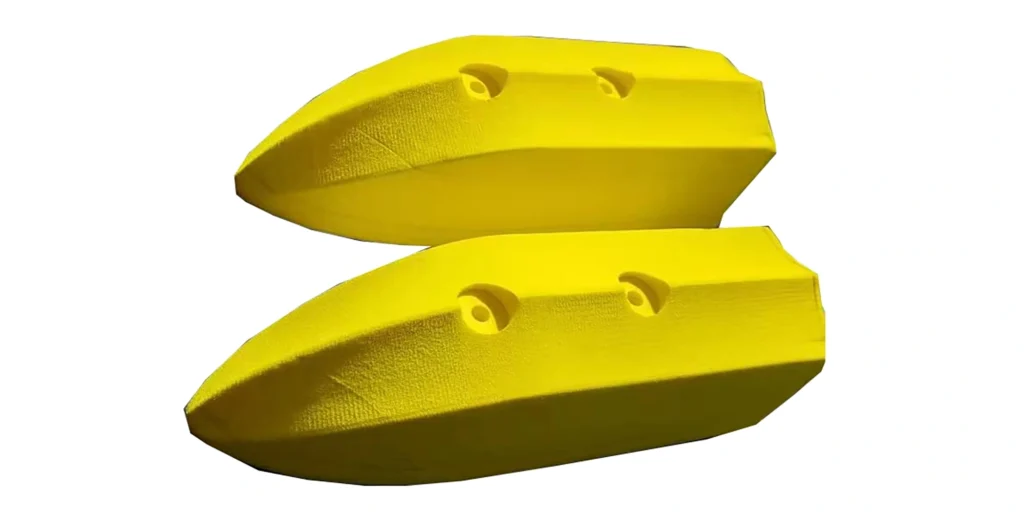Abstract
EVA (ethylene-vinyl acetate copolymer) foam sheets are lightweight, resilient, and durable polymer materials widely utilized in shock absorption applications. Renowned for their exceptional impact resistance, moldability, and insulating properties, they serve as an indispensable solution for packaging, sports equipment, electronic device protection, and more. This paper explores the application scenarios, core advantages, and frequently asked questions regarding EVA foam sheets in shock absorption products.
Characteristics and Shock Absorption Mechanism of EVA Foam Sheets
Superior Impact Resistance
Featuring a closed-cell structure, EVA foam sheets excel in energy absorption and cushioning, mitigating physical damage to protected items. Even under intense compression or impact, they effectively distribute pressure, safeguarding fragile objects such as electronics and glassware.
Lightweight and Customizable
Compared to traditional materials like rubber or wood, EVA foam boasts low density and minimal weight, reducing transportation costs. Furthermore, it supports various fabrication techniques, including die-cutting and heat pressing, ensuring adaptability to diverse shapes and dimensions.
Weather and Chemical Resistance
EVA demonstrates remarkable resistance to UV rays, moisture, and most chemical agents, making it ideal for prolonged outdoor or industrial use.
Eco-Friendly and Safe
Its non-toxic, low-volatility nature complies with RoHS/REACH standards, rendering it suitable for medical equipment and food-contact packaging applications.
Application Scenarios
- Electronics Packaging: Shock-resistant liners for smartphones and laptops.
- Sports Protective Gear: Internal cushioning layers for knee pads and helmets.
- Precision Instrument Transport: Vibration-proof packaging for medical devices and optical lenses.
- Furniture Protectors: Minimizing abrasion on floors and furniture during relocation.
FAQ (Frequently Asked Questions)
- How does EVA foam compare to traditional foam materials like EPS in shock absorption?
EVA surpasses conventional foams (e.g., EPS) in durability and elasticity, resisting deformation over time and excelling in repeated protective applications. - How to select the appropriate EVA foam density?
- Low density (40-60 kg/m³): Ideal for lightweight cushioning in small electronics.
- Medium to high density (80-120 kg/m³): Offers superior compression resistance, recommended for heavy machinery packaging.
- Can EVA foam withstand extreme temperatures?
Standard EVA operates within -40°C to 70°C. For high-temperature environments (e.g., automotive components), modified EVA or flame-retardant additives are available. - Are custom colors and surface treatments available?
Yes. EVA can be dyed in various colors and enhanced with laminating or flocking finishes to improve friction or aesthetics. - How to clean and maintain EVA cushioning products?
Gently wipe surfaces with a damp cloth; avoid strong acids or alkalis. Store away from direct sunlight for prolonged durability. - Is EVA environmentally friendly and recyclable?
EVA is fully recyclable, with some manufacturers offering take-back programs. Its production emits no harmful gases, aligning with sustainable packaging trends.
With its versatility and cost-effectiveness, EVA foam sheets have emerged as the material of choice in shock absorption applications. From industrial logistics to consumer goods protection, their adaptable processing and reliable performance continue to meet diverse industry demands. For optimal results, businesses should align material density, thickness, and fabrication techniques with specific use cases to maximize value.
WELLE Trade has over 20 years of experience in the production and processing of PE/EVA/TPE foams, so you may want to consult with them if you have any sourcing needs.


